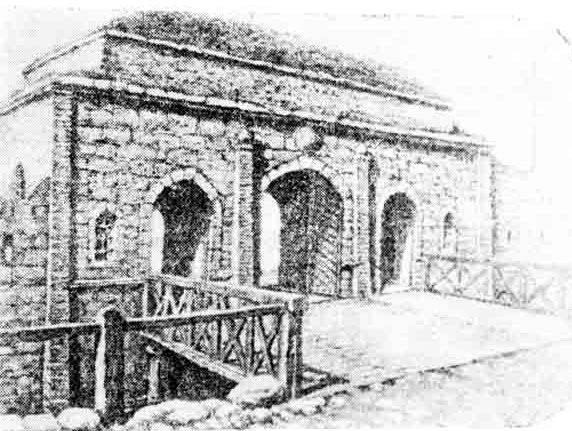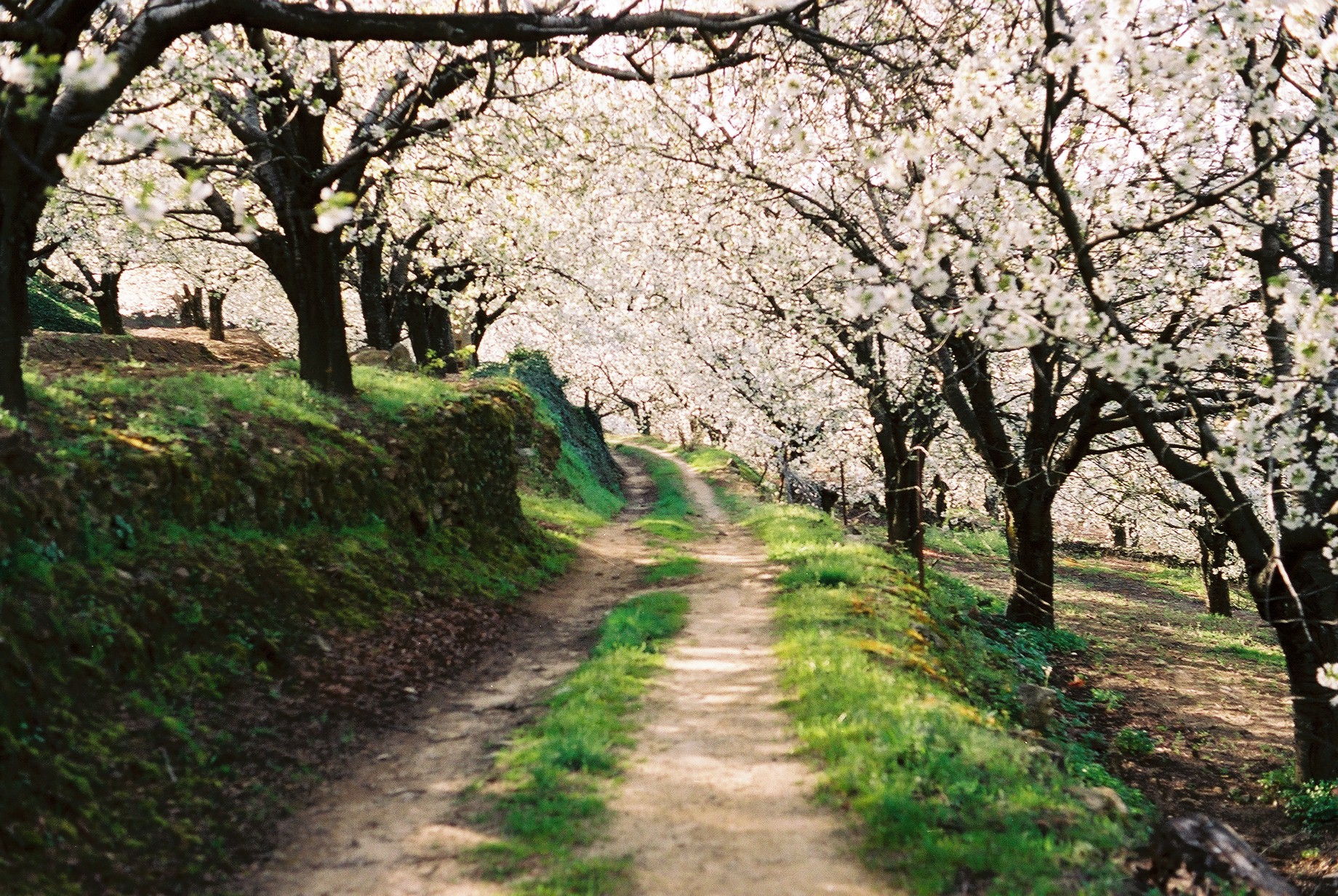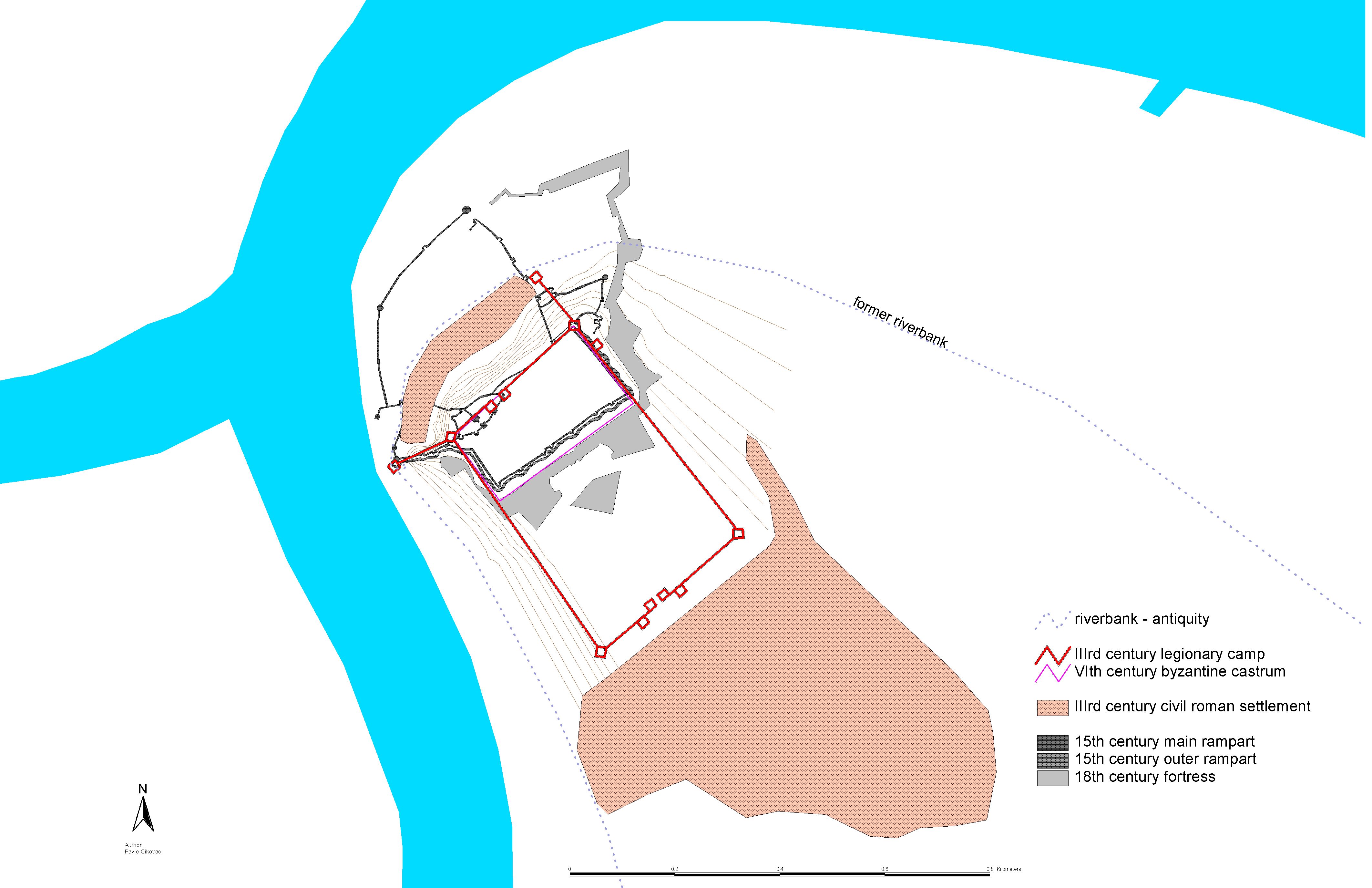|
Park Proleće
Park Proleće or Park Vojvoda Vuk ( sr, Парк Пролеће / Парк Војводе Вука) is one of the parks in downtown Belgrade, the capital of Serbia. It is located in the municipality of Stari Grad, Belgrade, Stari Grad. It is also colloquially called Park on Topličin Venac. The roughly triangularly shaped park is one of the smallest in the central area of Belgrade, with an area of . Location Park Proleće is located in the south central part of Stari Grad. It is encircled with the streets of ''Carice Milice'' on the east, ''Topličin Venac'' on the south and west and ''Vuka Karadžića'' on the north. East of the park is the Tanjug Building while on the north is the ''kafana'' Proleće. Museum of Applied Arts, Belgrade, Museum of Applied Arts is also on the north while Hotel Palace is on the west. It is directly connected to the Knez Mihailova Street to the northeast and Obilićev Venac on the east. History Beneath the park are remains of the urban zone of ... [...More Info...] [...Related Items...] OR: [Wikipedia] [Google] [Baidu] |
Republic Square (Belgrade)
The Republic Square or the Square of the Republic ( Serbian: Трг републике / Trg republike) is one of the central town squares and an urban neighborhood of Belgrade, located in the Stari Grad municipality. It is the site of some of Belgrade's most recognizable public buildings, including the National Museum, the National Theatre and the statue of Prince Michael. Location The square is located less than 100 meters away from Terazije, designated center of Belgrade, to which it is connected by the streets of ''Kolarčeva'' (traffic) and ''Knez Mihailova'' (pedestrian zone). Many people erroneously consider Square of the Republic to be the center of the city. Through ''Vasina'' street it is connected to the fortress and park of Kalemegdan to the west and through Sremska street it is connected to the neighborhood of Zeleni Venac and further to Novi Beograd. It also borders the neighborhoods of Stari Grad and Dorćol, to the north. Today, it makes one of the local co ... [...More Info...] [...Related Items...] OR: [Wikipedia] [Google] [Baidu] |
Belgrade University
The University of Belgrade ( sr, / ) is a public university in Serbia. It is the oldest and largest modern university in Serbia. Founded in 1808 as the Belgrade Higher School in revolutionary Serbia, by 1838 it merged with the Kragujevac-based departments into a single university. The university has around 97,700 enrolled students and over 4,800 academic staff members. Since its founding, the university has educated more than 378,000 bachelors, around 25,100 magisters, 29,000 specialists and 14,670 doctors. The university comprises 31 faculties, 12 research institutes, the university library, and 9 university centres. The faculties are organized into four groups: social sciences and humanities; medical sciences; natural sciences and mathematics; and technological sciences. On the prestigious ''Shanghai Ranking'' (ARWU), the University of Belgrade ranks between 401st and 500th place, according to the most recent (2018) global ranking. In 2014, it ranked 151–200, specifica ... [...More Info...] [...Related Items...] OR: [Wikipedia] [Google] [Baidu] |
Spring (season)
Spring, also known as springtime, is one of the four temperate seasons, succeeding winter and preceding summer. There are various technical definitions of spring, but local usage of the term varies according to local climate, cultures and customs. When it is spring in the Northern Hemisphere, it is autumn in the Southern Hemisphere and vice versa. At the spring (or vernal) equinox, days and nights are approximately twelve hours long, with daytime length increasing and nighttime length decreasing as the season progresses until the Summer Solstice in June (Northern Hemisphere) and December (Southern Hemisphere). Spring and "springtime" refer to the season, and also to ideas of rebirth, rejuvenation, renewal, resurrection and regrowth. Subtropical and tropical areas have climates better described in terms of other seasons, e.g. dry or wet, monsoonal or cyclonic. Cultures may have local names for seasons which have little equivalence to the terms originating in Europe. Meteoro ... [...More Info...] [...Related Items...] OR: [Wikipedia] [Google] [Baidu] |
Duško Radović
Dušan "Duško" Radović ( sr-cyr, Душан Душко Радовић, ; 29 November 1922 – 16 August 1984) was a Serbian writer, journalist, aphorist and a poet. Biography He was known for his poetry (especially children's poetry), books, television screenplays, and for his aphorisms. He was the editor in chief of "Pionirske novine", editor of Children's programme on Radio Belgrade and Radio-Television Belgrade, editor of the children's magazine "Poletarac", journalist at the Borba newspaper. From 1975 onwards he was the editor of radio Studio B. An athletic race "Remembering Duško Radović" was held in Belgrade for many years. Duško's brother is well-known athletic trainer Branimir "Brana" Radović. His works have been translated into all major world languages. Radović is the recipient of the most notable awards: Neven (Calendula), Mlado pokolenje (Young Generation), the award of Zmaj Children Games, the award of Sterijino pozorje Sterijino pozorje ( sr-cyr, Стер� ... [...More Info...] [...Related Items...] OR: [Wikipedia] [Google] [Baidu] |
World War II
World War II or the Second World War, often abbreviated as WWII or WW2, was a world war that lasted from 1939 to 1945. It involved the vast majority of the world's countries—including all of the great powers—forming two opposing military alliances: the Allies and the Axis powers. World War II was a total war that directly involved more than 100 million personnel from more than 30 countries. The major participants in the war threw their entire economic, industrial, and scientific capabilities behind the war effort, blurring the distinction between civilian and military resources. Aircraft played a major role in the conflict, enabling the strategic bombing of population centres and deploying the only two nuclear weapons ever used in war. World War II was by far the deadliest conflict in human history; it resulted in 70 to 85 million fatalities, mostly among civilians. Tens of millions died due to genocides (including the Holocaust), starvation, ma ... [...More Info...] [...Related Items...] OR: [Wikipedia] [Google] [Baidu] |
Chetniks
The Chetniks ( sh-Cyrl-Latn, Четници, Četnici, ; sl, Četniki), formally the Chetnik Detachments of the Yugoslav Army, and also the Yugoslav Army in the Homeland and the Ravna Gora Movement, was a Yugoslav royalist and Serbian nationalist movement and guerrilla force in Axis-occupied Yugoslavia. Although it was not a homogeneous movement, it was led by Draža Mihailović. While it was anti-Axis in its long-term goals and engaged in marginal resistance activities for limited periods, it also engaged in tactical or selective collaboration with the occupying forces for almost all of the war. The Chetnik movement adopted a policy of collaboration with regard to the Axis, and engaged in cooperation to one degree or another by establishing '' modus vivendi'' or operating as "legalised" auxiliary forces under Axis control. Over a period of time, and in different parts of the country, the movement was progressively drawn into collaboration agreements: first with the puppet G ... [...More Info...] [...Related Items...] OR: [Wikipedia] [Google] [Baidu] |
Đorđe Jovanović (sculptor)
Đorđe Jovanović (21 January 1861, Novi Sad – 26 March 1953, Belgrade) was a Serbian sculptor and a full member of the Serbian Academy of Sciences and Arts. Biography Jovanović was born in Novi Sad, where he spent the first three years of his life. Then, his family moved to Požarevac. He studied at Kragujevac, where he obtained his ''baccalauréat'' from ''Grandes écoles'' in 1882. In 1884, he obtained a state grant to pursue his post-graduate studies at the Academy of Fine Arts in Vienna, where he started studying painting and sculpture. He also studied at the Academy of Fine Arts in Munich. After completing his studies in 1887, he lived between Munich, Paris, and Belgrade. In Paris, he improved his art with Henri Chapu and Jean Antoine Injalbert. In 1889, at the World Exhibition in Paris, he won a prize for the "Gusle" and then, in 1900, at the World Exhibition in Paris, he won the first award for the "Kosovo Monument". Jovanović was very prolific, and many of his ... [...More Info...] [...Related Items...] OR: [Wikipedia] [Google] [Baidu] |
Vojin Popović
Vojin Popović, known as Vojvoda Vuk ( sr, Војин Поповић, војвода Вук; 9 December 1881 – 29 November 1916) was a Serbian ''voivode'' (military commander), who fought for the Macedonian Serb Chetniks (i.e. komiti) in the Struggle for Macedonia, and then the Serbian national army in the Balkan Wars and World War I. Life Vojin was born on 9 December 1881 at Sjenica, Kosovo Vilayet, Ottoman Empire (present-day southwestern Serbia). Shortly after his birth, the family moved to Kragujevac, where Vojin attended school. He chose a career in the military. On 3 November 1901, he became ''second lieutenant''. He was among the first ''cheta'' (bands, 'čete') heading for ''Old Serbia'', i.e. Makedonia (1905). He was killed after being shot through the heart on top of the Staravinski vis near Gruništa, Novaci Municipality in skirmishes after the Battle of Kaymakchalan on 29 November 1916 during the height of World War I. There is a Monument to Vojvoda Vuk in ... [...More Info...] [...Related Items...] OR: [Wikipedia] [Google] [Baidu] |
Austro-Hungarian
Austria-Hungary, often referred to as the Austro-Hungarian Empire,, the Dual Monarchy, or Austria, was a constitutional monarchy and great power in Central Europe between 1867 and 1918. It was formed with the Austro-Hungarian Compromise of 1867 in the aftermath of the Austro-Prussian War and was dissolved shortly after its defeat in the First World War. Austria-Hungary was ruled by the House of Habsburg and constituted the last phase in the constitutional evolution of the Habsburg monarchy. It was a multinational state and one of Europe's major powers at the time. Austria-Hungary was geographically the second-largest country in Europe after the Russian Empire, at and the third-most populous (after Russia and the German Empire). The Empire built up the fourth-largest machine building industry in the world, after the United States, Germany and the United Kingdom. Austria-Hungary also became the world's third-largest manufacturer and exporter of electric home appliances, el ... [...More Info...] [...Related Items...] OR: [Wikipedia] [Google] [Baidu] |
Dorćol
Dorćol ( sr-cyr, Дорћол; ) is an affluent urban neighborhood of Belgrade, the capital of Serbia. It is located in Belgrade's municipality of Stari Grad. Located along the right bank of the Danube, Dorćol is oldest surviving neighborhood in Belgrade. It is known for its specific urban charm and the mentality of its residents. The neighborhood has experienced artistic revival since the 2000s concurrently with the Savamala neighborhood on the opposite, Sava, bank. After being featured in numerous reports, including by the BBC and ''The Guardian'', '' Time Out'' magazine placed Dorćol on their list of "50 coolest neighborhoods". It has been described as a Belgrade "phenomenon", an "exciting, creative and inventive spot", and the "authentic, organic soul of the city". A section of Upper Dorćol was declared a spatial cultural-historical unit in 1989, and placed under protection as the "Area surrounding Dositej's Lyceum". Location Dorćol begins already some 700 meters ... [...More Info...] [...Related Items...] OR: [Wikipedia] [Google] [Baidu] |
Assassination In Sarajevo
Archduke Franz Ferdinand of Austria, heir presumptive to the Austria-Hungary, Austro-Hungarian throne, and his wife, Sophie, Duchess of Hohenberg, were Assassination, assassinated on 28 June 1914 by Serbs of Bosnia and Herzegovina, Bosnian Serb student Gavrilo Princip. They were shot at close range while being driven through Sarajevo, the provincial capital of Austro-Hungarian rule in Bosnia and Herzegovina, Bosnia-Herzegovina, formally Bosnian Crisis, annexed by Austria-Hungary in 1908. Princip was part of a group of six Bosnian assassins together with Muhamed Mehmedbašić, Vaso Čubrilović, Nedeljko Čabrinović, Cvjetko Popović and Trifko Grabež coordinated by Danilo Ilić; all but one were Bosnian Serbs and members of a student revolutionary group that later became known as Young Bosnia. The political objective of the assassination was to free Bosnia and Herzegovina of Austria-Hungarian rule and establish a common South Slavs, South Slav ("Yugoslavism, Yugoslav") state ... [...More Info...] [...Related Items...] OR: [Wikipedia] [Google] [Baidu] |




